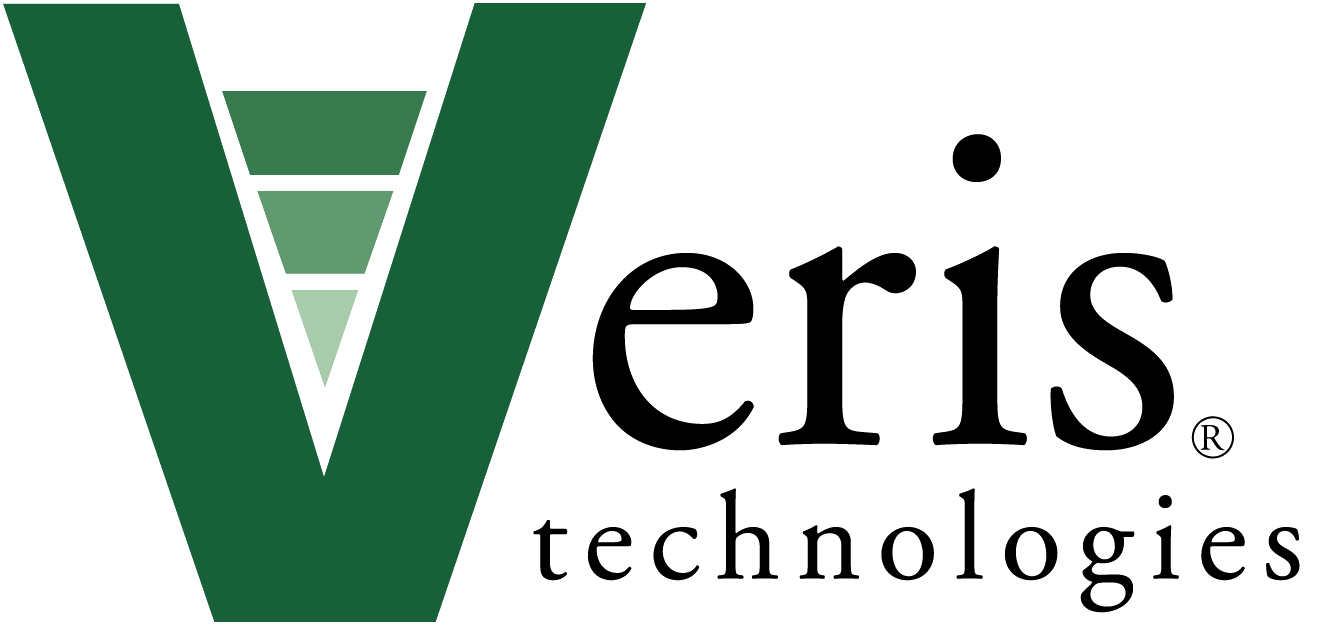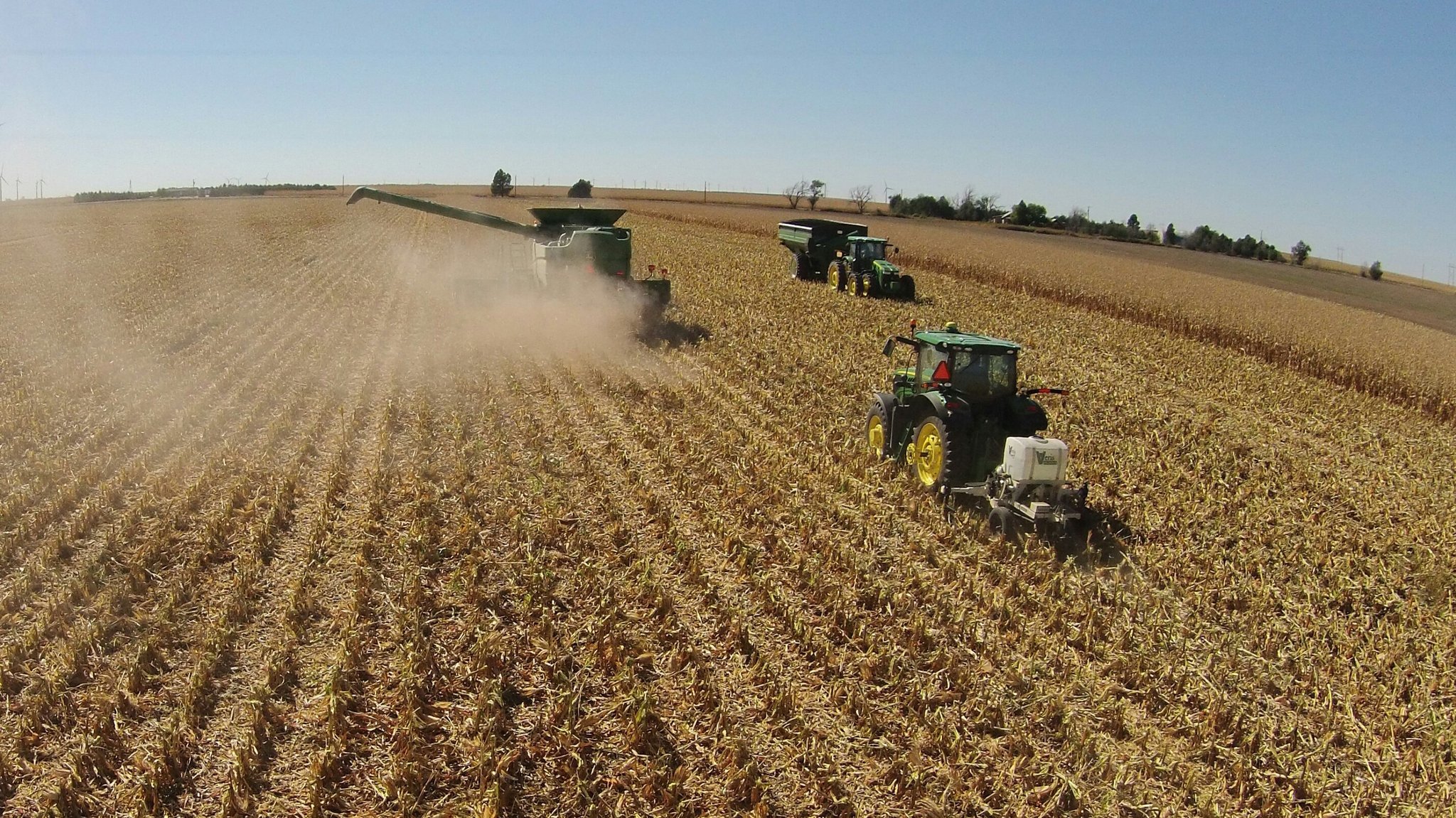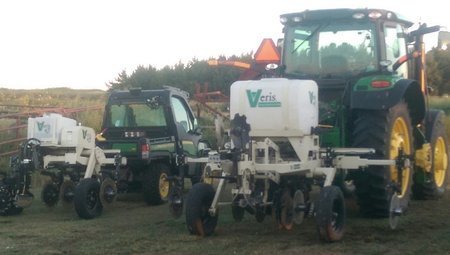Creating Value When Margins are Tight
It is easy to think new technology and investment in precision agriculture fits best in high productivity fields and regions. As Cory Gilbert of On Target Ag Solutions in Burlington, Colorado found out, it may have an even better fit on dryland and challenging acres. “We started on the irrigated initially where it was easier to make that decision to invest in the higher productivity fields,” Cory explains. “But we soon found that the clear advantage was on the dryland acres with high risk and tight margins where we could quickly see a return on investments and have less dollars of inputs laid out there at risk.
One of the simple ways to mitigate this risk was to start optimizing seed rates by planting lower corn populations on soil zones subject to stress. “It was very challenging creating reliable zones with yield data. Satellite imagery showed similar problems with environmental effects showing up in the maps. I knew early on if we were going to implement zone management, we needed better zones.” Cory says.
Farmers were a little skeptical at first. “Most of the time when we start in on a farm there are questions on how this data or service is going to pay for itself, but when we deliver the first fertility and seeding recommendations with savings up front that often cover the cost of our services, it starts to make sense. Once harvest rolls around and yields are meeting and/or exceeding the expectations we set at the beginning of the season, assuming we had cooperative weather, the full return on investment is realized, and the light goes on.” Cory explains.
Because of this demonstrated success, Cory has gained the confidence of his customers allowing him to explore new agronomic possibilities and grow his business. With two multi-sensor platforms collecting CEC, OM, and pH data, the doors have been opened to improved nitrogen and phosphorus management, multi-genetic planting, gypsum, moisture probe locations and variable rate irrigation.
“Unfortunately, farming is so unpredictable especially in our drier climate. It’s nice to have predictable zones that don’t change from year-to-year because the soil doesn’t change from year-to-year.” - Cory Gilbert of On Target Ag Solutions, Burlington, Colorado
Pictured Right: a soil core can be seen in the trench behind Cory’s MSP3. Soil pH varies greatly in eastern Colorado fields. Accurately mapping pH allows Cory and his customers to try creative solutions to high pH with multi-genetic planting, targeted gypsum, etc.



